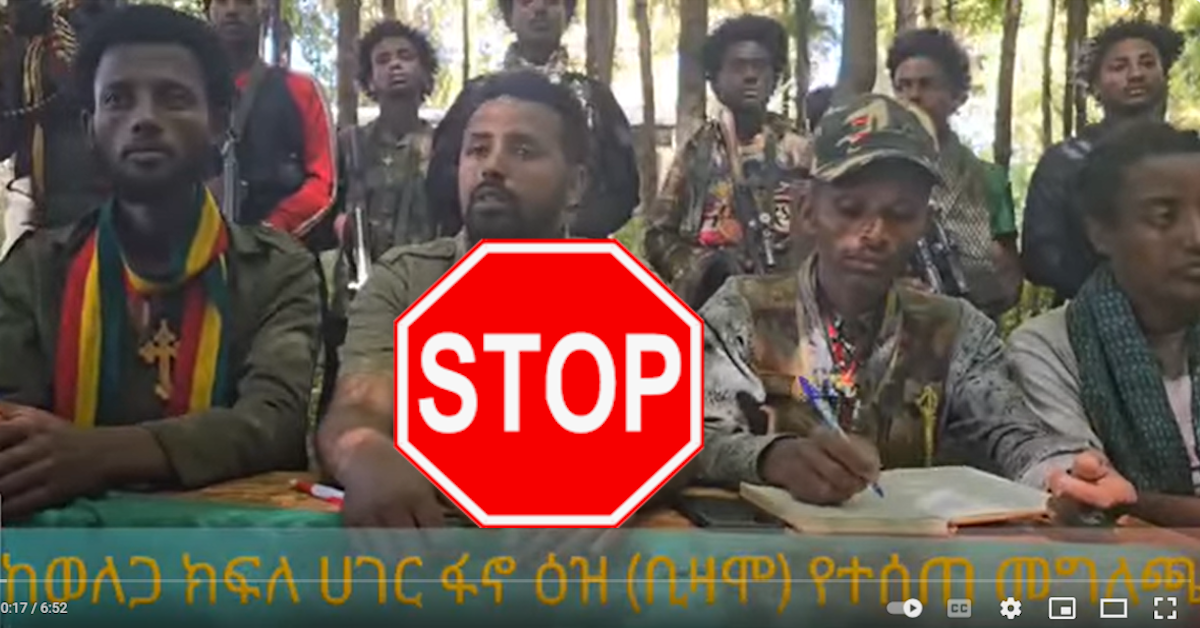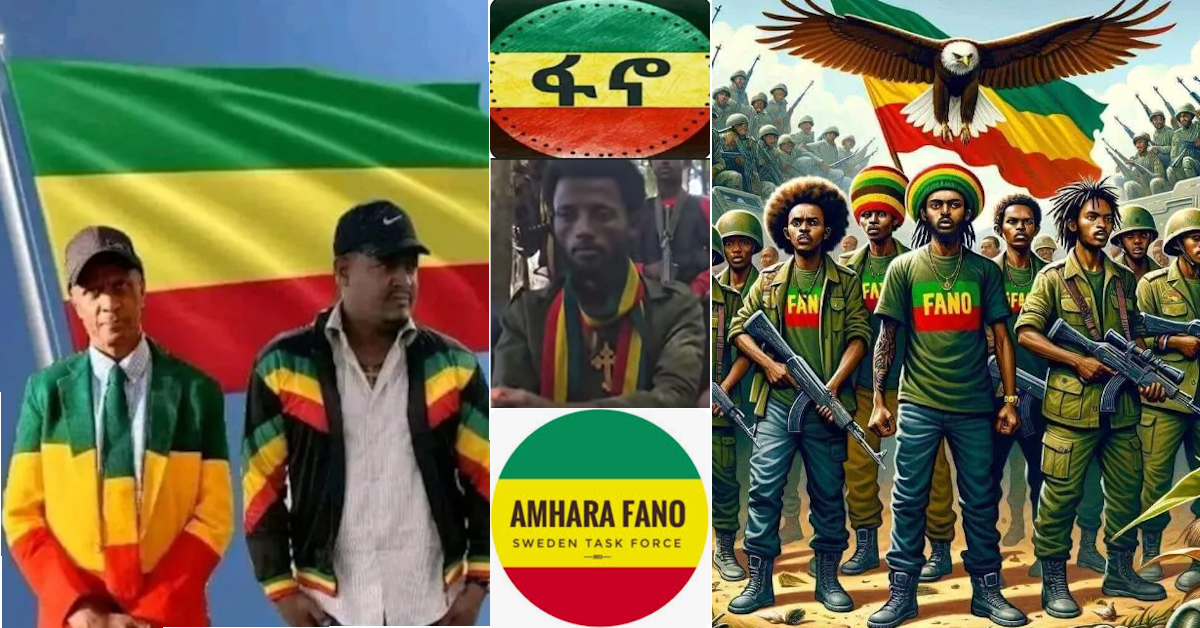Psychology offers a lens through which we can understand human behavior, particularly what individuals or institutions focus on and fear the most. This is often encapsulated in phenomena such as the Freudian slip, where underlying anxieties surface unintentionally.
In the case of Oromia’s administration, their almost reflexive fixation on blaming the Oromo Liberation Army (OLA)— referred to derogatorily by regional and federal governments as “Shenee”—reveals a deeper psychological and political narrative worth exploring.
No entity or organization is more feared by both the Oromia Regional Government and the Ethiopian Federal Government than the Oromo Liberation Army (OLA).
The Fixation on a Common Enemy
When examining the Oromia administration’s communication patterns, one notices a consistent theme: the OLA is framed as the root of all crises, irrespective of whether there is credible evidence linking them to specific events. This is not mere coincidence. The relentless focus on OLA could stem from a psychological defense mechanism: projection.
Projection occurs when an entity attributes its own failings or fears onto an external party. It is an unconscious way of coping with emotional discomfort as the PP regional and federal governments are undergoing in their day to day activities. By channeling blame toward the OLA, Oromia’s leadership deflects scrutiny from their promised failings and governance shortcomings and redirects public frustration toward a perceived common enemy.
For instance, the administration has, time and again, made bold claims of eradicating the OLA within weeks or months. These promises, repeated over the years, have not materialized. On the contrary, the OLA has grown stronger, its influence expanding in regions where government control has waned. The gap between the rhetoric and reality fosters public doubt, which the administration attempts to manage by intensifying its propaganda efforts.
The Role of Propaganda in Political Survival
Blaming a singular entity like the OLA serves a crucial function in political strategy: it simplifies complex problems into digestible narratives. It is easier to rally support against an external “threat” than to address the systemic issues—such as corruption, economic mismanagement, or internal dissent—that may actually be driving unrest. This aligns with Edward Bernays’ theory of propaganda, where controlling the narrative is vital for maintaining public opinion.
In Oromia’s case, attributing every incident, including the tragic events in Dharraa (aka Darraa) recently, to the OLA fits this formula. What makes this strategy particularly striking is its elasticity. Even contradictory narratives—such as suggesting collaboration between the OLA and Amhara Fano—are deployed despite their implausibility. Such claims strain credibility but underscore the administration’s desperation to sustain its narrative monopoly.
A Crumbling Facade
President Shimelis Abdissa’s recent statements linking the OLA to the Dharraa incident on north Oromia, and suggesting collaboration with Amhara Fano reveal not just a political strategy but a psychological gambit. By framing the OLA as an omnipresent threat, the administration hopes to instill fear and justify its actions. However, this approach risks backfiring. When propaganda becomes overly far-fetched, it transitions from persuasion to total absurdity, inducing public skepticism and even ridicule.
The Oromia administration’s struggle with the OLA is no longer just a military conflict; it has become a war of narratives. The shift from action-based promises to exaggerated blame games reflects a loss of confidence in the state’s ability to decisively handle the situation.
The Broader Implications
Why does the Oromia administration remain so deeply fixated on the OLA? The answer likely lies in the OLA’s symbolic significance. The group represents not just a military adversary but a challenge to the status quo, embodying the frustrations of marginalized populations who feel unrepresented or oppressed under the current regime. The administration’s inability to address these root causes perpetuates the cycle of violence and blame.
This dynamic is not unique to Oromia. Across history, regimes have relied on scapegoating to mask their failures. Nazi Germany blamed Jews for its economic woes. The U.S. during the Red Scare vilified communists to suppress dissent. Oromia’s PP regime targeting of the OLA fits within this broader historical pattern of using “enemy images” to consolidate power and control narratives.
Conclusion
For Oromia’s incumbent PP regime, the obsession with the OLA is more than a political tactic; it is a psychological strategy rooted in fear, deflection, and the need to maintain power. While it may offer short-term benefits in controlling the narrative, the long-term consequences are grim. As the gap between propaganda and reality widens, public trust erodes, and the administration risks losing its grip. Rather than persisting with a blame-first approach, addressing systemic issues and fostering inclusive governance may offer a more sustainable path forward.
Blaming others can be a powerful tool, but history and psychology teach us that misplaced blame, when wielded too often or too clumsily, tends to rebound on the accuser. For Oromia’s leadership, the time for introspection—and genuine solutions—is long overdue.



One thought on “The Psychology of Fear and Blame: Oromia PP Administration’s Obsession with OLA”
An excellent article, not least because of the inherent optimism in its message that the PP government’s narrative, as it becomes more untenable and ridiculous, will be part of its downfall. Not only the public in Ethiopia, but the supporters of the government elsewhere, will soon be no longer fooled.